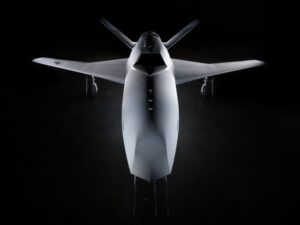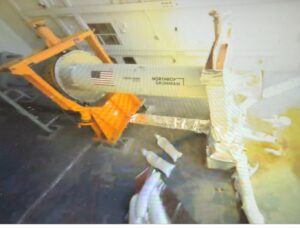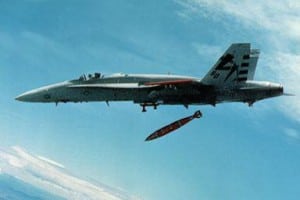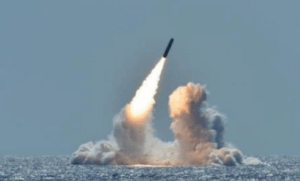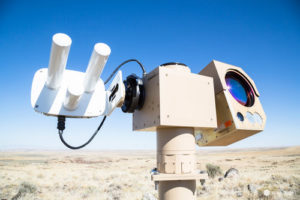
Raytheon [RTN] on Tuesday said it has teamed with counter-drone technology supplier Black Sage to provide an integrated solution to mitigate threats from unmanned aircraft systems (UAS) for civil, critical infrastructure and military applications worldwide. Raytheon also made two additional counter-UAS announcements related to U.S. Army needs. The Army’s Howler, C-UAS, which consists of Raytheon’s Ku band radio frequency multi-mission simultaneous (KuRFS) radar and Coyote UAS system, achieved initial operational capability (IOC). The Army has also begun retrofits of Raytheon’s…

 By
By 




